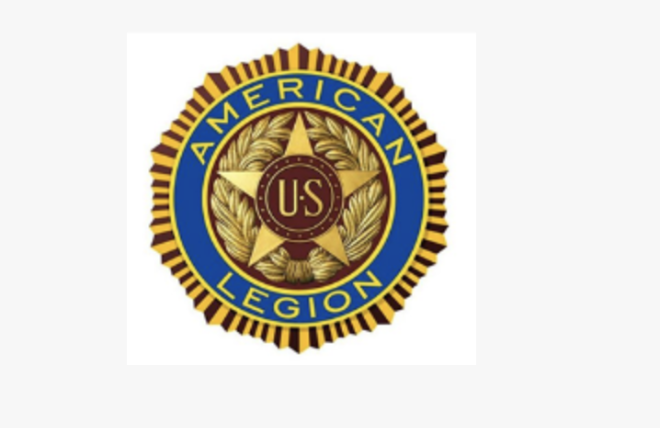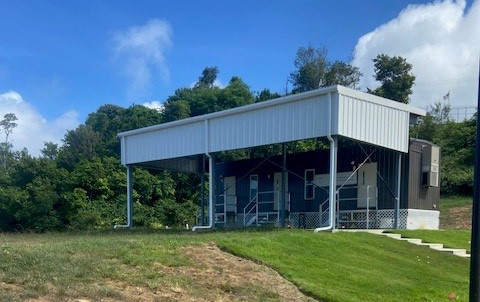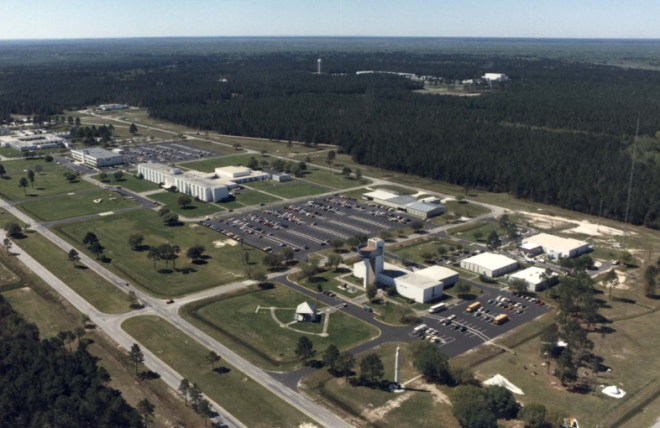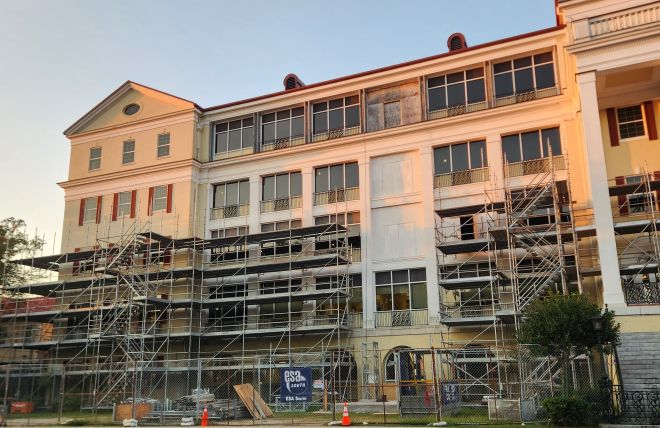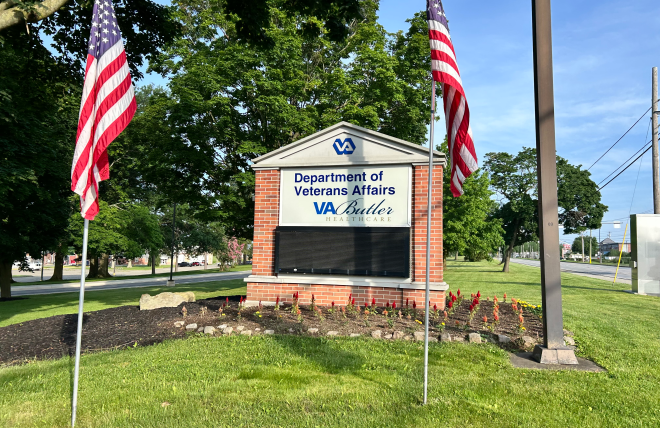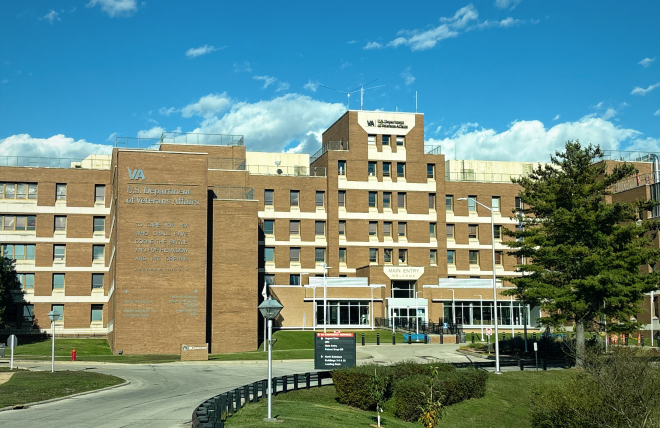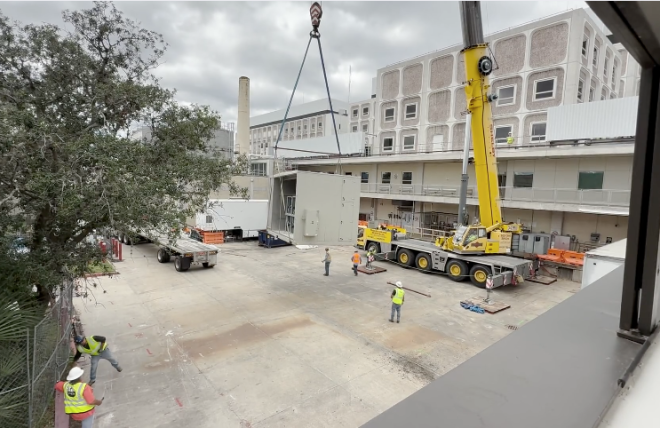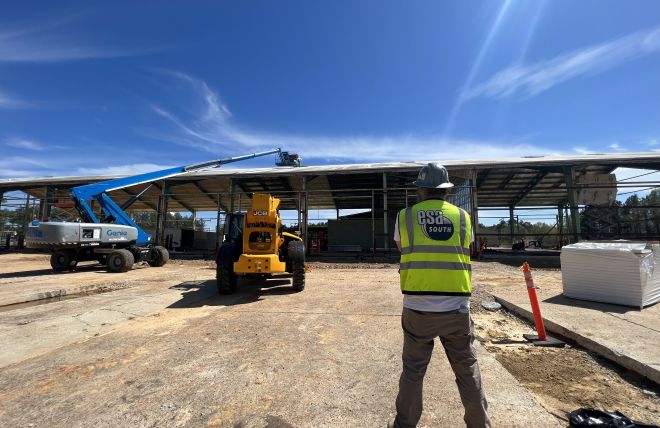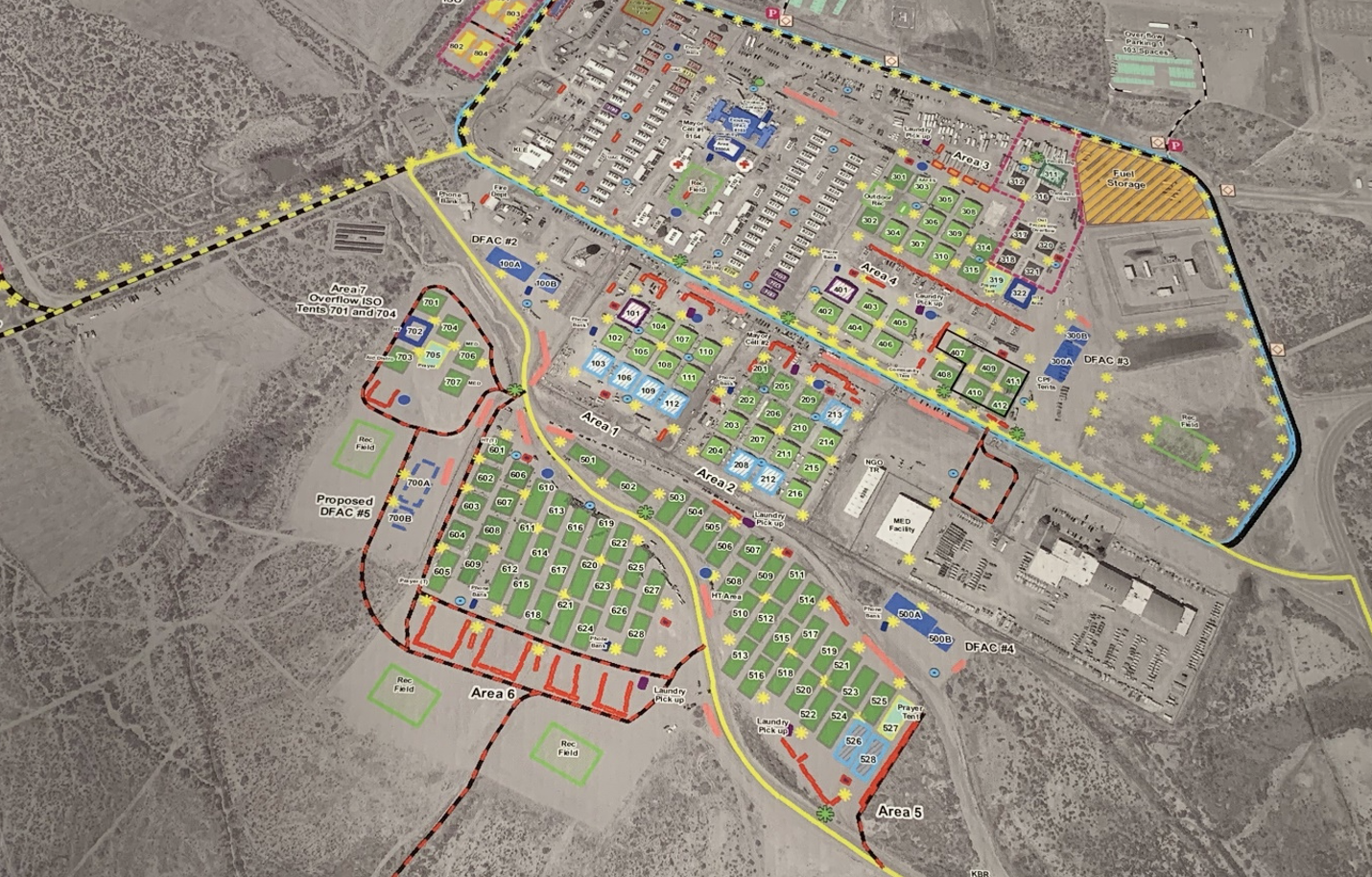
As the U.S. withdrew from the Afghanistan conflict in 2021, the federal government was faced with the daunting challenge of evacuating and resettling what was believed to be as many as 80,000 Afghan citizens and their families- primarily those that helped the U.S. in the war. Once airlifted safely from Afghanistan, a huge effort was undertaken by the government, contractors, and non-governmental organizations to assist these refugees with resettlement, language training, cultural education, and eventually assistance with finding a legal pathway to American citizenship.
On August 30, 2021, the DoD executed the largest airlift in U.S. history when safely moving 120,000 Afghans out of their homeland. An “all of government” effort was subsequently launched to assist and welcome these new arrivals. Multiple safe haven areas were set up in America and Europe where the evacuees could begin the transition and resettlement process. Among the military installations in the United States participating in this effort were Fort Lee, Fort Pickett, Fort McCoy, Camp Atterbury, and Fort Bliss.
U.S. Northern Command tasked Fort Bliss with a mission to safely receive, house, support, and prepare refugees for movement to their final resettlement communities on August 13, 2021. Six days after receiving this mission, Fort Bliss was capable of sustaining 2,000 Afghans. On August 21st, the first 322 refugees arrived. By September 1st, the number would swell to 4,951 evacuees.
ESA South (ESA) answered the call to join in this effort when asked to assist with the establishment of a settlement camp in the New Mexico desert. Collaborating with prime contractor Kellogg, Brown and Root (KBR)-ESA was initially tasked with setting up perimeter fencing and constructing 22 stand-alone laundry facilities in challenging terrain with no existing utilities, ultimately constructing six laundry facilities before the additional 16 were deemed to be unnecessary by the government.
The team from ESA mobilized quickly and immediately began the challenging job of sourcing the materials from around the country which would be necessary to successfully complete the work in New Mexico. In addition to setting up the temporary security fencing and constructing laundry facilities, ESA’s team also supplied the camp’s humanitarian tents with refrigerators, microwave ovens, privacy screens, trash cans, and power cords.
A veteran of multiple storm recovery missions and clean-up work post-tornadoes in Joplin, Missouri, ESA Vice President Kevin Harmon led the team for the New Mexico contract. “It was challenging,” Harmon stated looking back on the project. “We had to bring all the clean water in and truck the wastewater out using giant, 5,000-gallon tanks for the potable and non-potable water and above ground piping with pump stations in between. We had to set up each of these laundry facilities within days-not weeks or months-and we had the challenges of the supply chain to contend with as we sourced materials for this project from as far away as central Florida.” He continued, “We had language barriers and heavy equipment all over the site with curious children playing nearby—so safety was a big concern.”
The camp at Fort Bliss eventually hosted and processed between 12,000 and 15,000 Afghan refugees; successfully feeding, clothing, and housing them until they were sent to their final resettlement destinations throughout the U.S. The last of the refugees was moved out of the Fort Bliss site by December 31, 2021.
The ESA team delivered on their contract with KBR—starting on Labor Day 2021 and departing the site just four short months later in January 2022.
